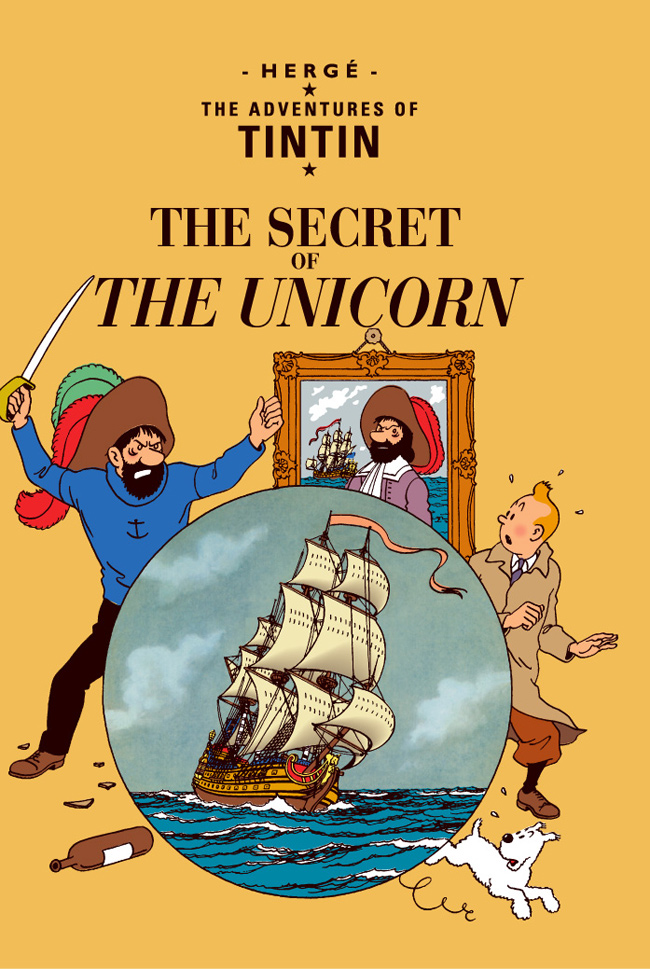


Hugues Dayez says this is perhaps the empire’s weak point.

Hergé made it very clear while he was alive that he did not want any other cartoonist taking over once he died. The last publication was an unfinished edition Tintin et l'Alph-Art, was published in 1986, three years after the author’s death. However, Dayez expresses concern when it comes to Tintin’s legacy moving forward. “The genius of Hergé was he was the first in Belgium to have an ambition for comics which had a real point of view,” he goes on to say. In terms of legacy, “Tintin is more alive than ever,” claims the Tintin website designer.ĭayez concurs that “it’s a miracle that Tintin has become such a big part of European patrimony”. The faces remind us of the smiley face, which is the simplest version of a human face. Hergé’s drawings are graphically simplistic and this is part of his universal appeal, says Février. What is behind Tintin's long-lasting appeal Hugues Dayez, Belgian journalist and author of a book on the legacy and the management of the Tintin brand (Tintin Et Les Heritiers - Chronique De L'après-Hergé) also refers to the ongoing curiosity Tintin in the Congo provokes.Īlthough Tintin in the Congo is “full of clichés” and “simplistic”, it remains to this day a bestseller.

Hergé would have visited Belgium's Museum of African art founded by King Leopold II at the time and based some of his research on that, says Février.Īrtworks he would have seen at the time have since come into the spotlight amid a demand by African countries to return artefacts to their original countries of origin.įévrier says the Tintin website aims to provide a link between the past and present and explain the historical connection to the debates surrounding the book today. “It was definitely proselytism on behalf of the Catholic Church,” acknowledges Février, who says Hergé was openly encouraged to write the Congo storyline by his boss, the editor of the Catholic Vingtième newspaper, the priest, Norbert Wallez. However in 2012, the Belgian court ruled that the book did not intentionally incite racism and that it was a product of its colonial times.įévrier says it’s important to have an open dialogue about the controversy and it shows that Tintin can still be at the heart of current affairs. In 2007, Congolese campaigner Bienvenu Mbutu Mondondo launched legal proceedings to get the book banned, saying its portrayal of Africans was racist. Moulinsart felt it important to organise a round table discussion on Thursday at the town hall in Brussels featuring several people such as Hergé’s biographer Philippe Goddin, which in part aimed to address the controversy surrounding the book. It was first serialised from 1930-31 and was then reissued in 1946. It depicts the reporter travelling through the former Belgian colony and includes encounters with diamond smugglers, big game hunters and wild animals. Tintin in the Congo, the second adventure, published in 1931, is the one that has, over the years attracted fascination and controversy.
The adventures of tintin by hergé tv#
#Tintin au #Congo en numérique - VO recolorisé - in VO, a new colored digital version only & get it on Google Play or App Store via The App Adventures of Tintin /j3HD1Ve9Qf Tintin 5 janvier 2019įévrier established the current version of the Tintin website in 2000 which is host to a Tintin “newspaper”, a TV channel with documentaries and short cartoons and stories available in app form. One of the reasons Tintin is still so popular is that he has “a strong digital footprint” he told RFI. Yves Février, the digital communications manager for Moulinsart says the company started digital remastering of black and white drawings in 2017 and intends to do so every two years. To coincide with the 90th anniversary, Moulinsart, the Belgian company which manages the Hergé legacy, has issued a remastered colour version of the original black and white Tintin in the Congo in digital format. Tintin in the Congo still top of the pops Since then, 250 million copies have been sold across the world and Tintin’s adventures have been translated from French into hundreds of languages. His creator, Georges Remi, born in 1907, was taken on as the editor in chief of the the children’s supplement in 1928 and what started as a bit of light reading became something much more – and the pseudonyme Hergé was born.Ĭasterman Publishing House, based in Tournai, Belgium, became the publisher of the Adventures of Tintin in 1934. Loved by young and old, his adventures cover many of the major political themes of the era in which they were published and continue to shine a light on today’s complex world. Through his 24 adventures,Tintin has found himself traipsing across the globe from Congo, to the Americas, Tibet and even the moon.


 0 kommentar(er)
0 kommentar(er)
